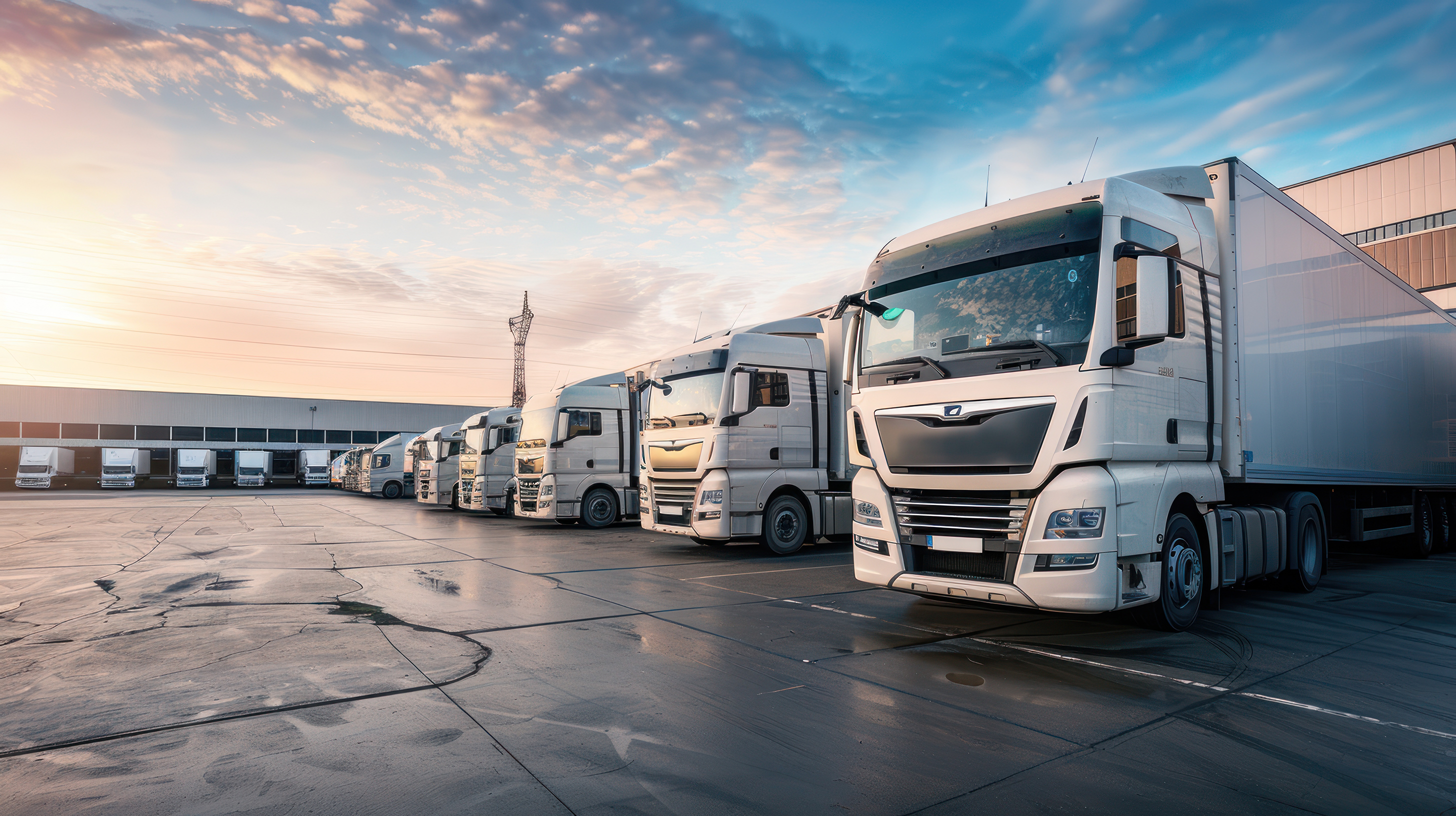
Understanding O Licence Requirements
Operating a commercial vehicle requires adherence to certain regulations, one of the most important being the O licence requirements. This document is essential for anyone who operates vehicles over a certain weight. Understanding the intricacies of o licence requirements can help ensure compliance and avoid potential penalties.
What Are O Licence Requirements?
O licence requirements, or Operator’s Licence requirements, are regulations set forth by the UK’s Driver and Vehicle Standards Agency (DVSA). These requirements are mandatory for individuals and companies operating goods vehicles above a specified weight. The O licence is crucial for ensuring that operators are competent and that their vehicles are safe for road use. The primary goal of these requirements is to promote road safety and ensure fair competition among operators.
Types of O Licences
There are three main types of O licences, each with specific requirements. Understanding these o licence requirements helps operators determine which licence is appropriate for their business needs.
- Standard National Licence: This licence allows operators to transport their goods in the UK. It requires compliance with several o licence requirements, including vehicle safety and financial standing.
- Standard International Licence: For those wishing to carry goods internationally, this licence is necessary. It includes all the national requirements plus additional provisions for international transport.
- Restricted Licence: This is for those who carry their goods and do not engage in general hire or reward. The requirements are slightly less stringent but still require adherence to key safety and compliance standards.
Compliance with O Licence Requirements
Ensuring compliance with o licence requirements is crucial for any operator. Regular audits and updates to the compliance process can prevent violations. Here are some of the key areas to focus on:
- Vehicle Maintenance: Regular checks and servicing of vehicles are integral parts of the o licence requirements. Operators must keep detailed records of maintenance and inspections.
- Driver Competence: All drivers must meet the competence standards set by the DVSA. This includes holding a valid driving licence and undergoing periodic training.
- Financial Standing: Operators must demonstrate that they have sufficient financial resources to maintain their vehicles and operations. This is an essential part of meeting o licence requirements.
Common Challenges and Solutions
Meeting o licence requirements can be challenging, especially for new operators. Understanding the common pitfalls and solutions can help streamline the process:
- Lack of Knowledge: New operators may not fully understand all o licence requirements. Engaging with professional advisors or attending workshops can provide valuable insights and guidance.
- Record-Keeping: Maintaining accurate and up-to-date records is a common challenge. Implementing a digital system can help manage records efficiently.
- Staff Training: Regular training sessions ensure that all staff are aware of the latest requirements and best practices. This can significantly reduce the risk of non-compliance.
For further information on the details of o licence requirements, you can visit the DVSA website or explore the O Licence Compliance Services offered by our team.
Book a Free Compliance Review
Get a free 30-minute review of your fleet compliance. Contact us today.





